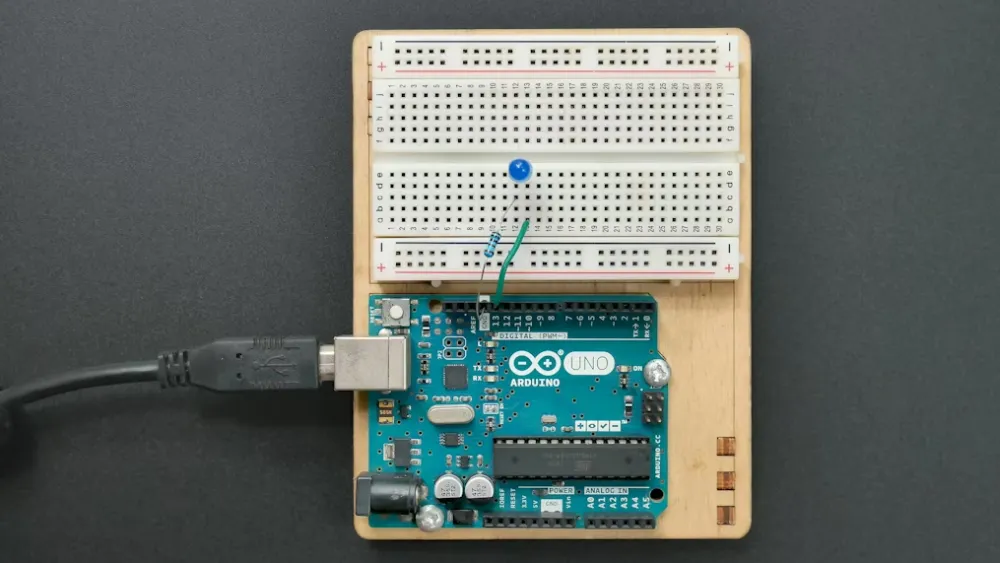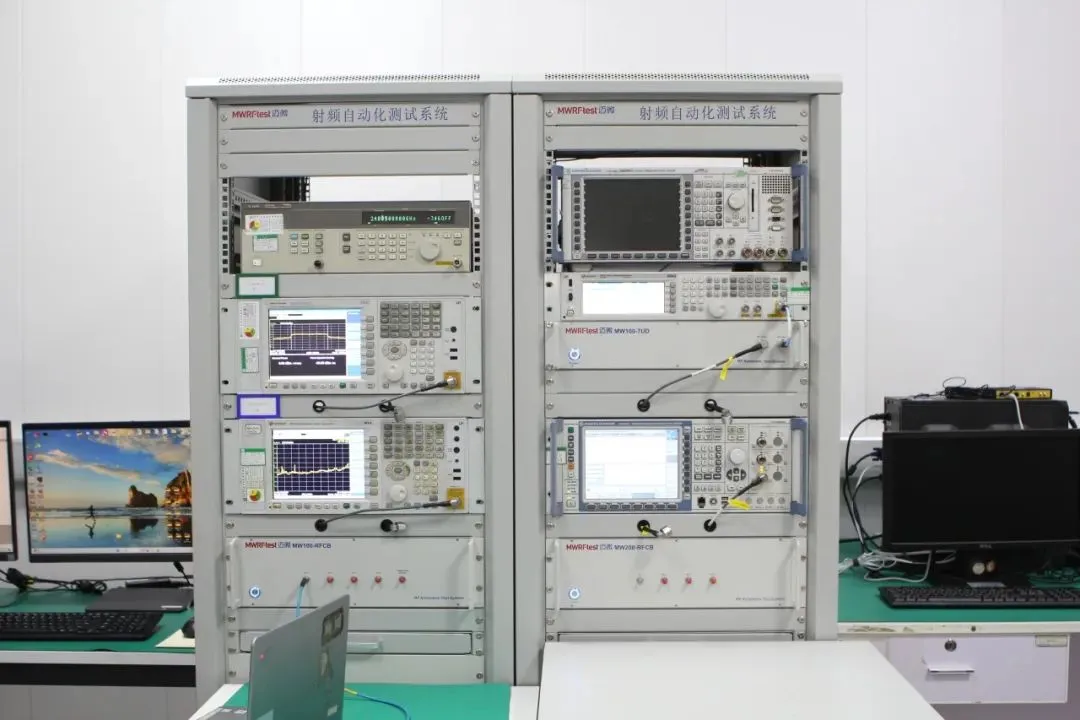
What Are CE Mark Testing Requirements?
CE certification testing requirements depend on the type of product and the relevant directives. Specific testing requirements can be referenced from the corresponding directive. Here are some common testing projects:
low voltage directive (LVD) Testing Includes:
1. Ground Resistance testing:
This tests whether the product’s ground resistance meets requirements, ensuring proper grounding for safe conduction and prevention of static build-up.
2. InsULation Resistance Testing:
This tests whether the product’s insulation resistance is adequate to prevent leakage and ensure user safety.
3. Voltage Withstand Testing:
This assesses whether the product operates correctly under specified voltages and tests its voltage tolerance to ensure safe operation within safe voltage ranges.
4. Electromagnetic Compatibility Testing:
This tests whether the product’s electromagnetic compatibility meets standards, ensuring it does not interfere with other electronic or communication devices and is not affected by external electromagnetic interference.
Machinery Directive Testing Includes:
1. Structural Strength:
This involves analyzing the structural design and safety performance of machinery to ensure it meets relevant standards and can withstand specified loads and stresses.
2. Stability:
Testing includes the stability, protective measures, and emergency stop features of machinery to ensure it remains stable during use and avoids safety incidents such as tipping or toppling.
3. Reliability:
This involves testing the lifespan, reliability, maintainability, and replaceability of wear parts to ensure the machinery operates reliably over time and is easy to maintain.
4. ErgonoMICs:
This tests the user interface and ergonomic aspects of machinery to ensure it is easy and safe to operate and adheres to ergonomic principles, protecting user health.
Electromagnetic Compatibility (EMC) Directive Includes:
- Electromagnetic Radiation Testing:
Assesses whether the product emits excessive electromagnetic waves that could interfere with other devices or environments.
- Electromagnetic Immunity Testing:
Evaluates whether the product can withstand interference from electromagnetic environments without malfunctioning.
- emc testing Includes:
RF radiation testing, RF interference testing, magnetic field radiation testing, and magnetic field interference testing.
Radio Equipment Directive (RED) Testing Includes:
1. Electromagnetic Compatibility Testing:
Includes radiation and conduction tests to ensure the device does not cause interference under normal operating conditions.
2. Frequency Compatibility Testing:
Tests the device’s frequency stability to ensure it operates correctly across different frequencies.
3. Safety Testing:
Includes tests for electric shock, fire hazards, overheating, and electromagnetic radiation to ensure user safety.
4. Mechanical Testing:
Includes tests for vibration, shock, drop, and environmental durability to ensure structural strength and durability.
5. Markings and Labels:
Includes ce markings and device labels to ensure compliance with EU standards and regulations.
Toy Directive Testing Includes:
1. Material Composition:
Toys must not contain toxic substances such as heavy metals or phthalates.
2. Mechanical Strength:
Includes tests for wear resistance, compressive strength, and tensile strength to ensure toys are durable and do not pose a danger to children.
3. Electrical Safety:
For electrically powered or battery-operated toys, testing ensures safety against electric shock or burns.
4. Child Safety:
Tests for hazards such as ingestion, choking, drowning, and strangulation to ensure the toy’s safety.
5. Additional Requirements:
Includes safety warnings and usage instructions as specified by the Toy Safety Directive (TSD).
Personal Protective Equipment (PPE) Directive Testing Includes:
1. Shock Resistance:
Tests the PPE’s resistance to vibration and impact from different directions to determine its stability and reliability during use.
2. Ergonomics:
Tests the PPE’s dimensions, weight, and shape to ensure comfort and safety for users.
3. Appearance Quality:
Tests the appearance and surface treatment of PPE to ensure it is aesthetically pleasing, durable, and easy to clean.
4. Material Composition:
Tests the materials used for durability, tear resistance, waterproofing, fire resistance, etc.
5. Additional Tests Based on PPE Type and Use:
Includes protective capability, weather resistance, chemical properties, etc. Testing can be customized according to EU standards.
Construction Products Directive (CPD) Testing Includes:
1. Mechanical Performance Testing:
Includes tests for static and dynamic loads, durability, and vibration.
2. Burning Performance Testing:
Includes tests for combustibility, heat release, smoke density, and flame spread.
3. Thermal Performance Testing:
Includes tests for thermal conductivity, thermal transmittance, and thermal expansion.
4. Acoustic Performance Testing:
Includes tests for acoustic propagation, sound absorption, and sound insulation.
China JJR Laboratory provides CE certification testing services. Feel free to inquire for more information.
Email:hello@jjrlab.com
Write your message here and send it to us
 Energy Storage Battery Brazil Inmetro Certificatio
Energy Storage Battery Brazil Inmetro Certificatio
 Southeast Asia Compliance Requirements for EV Char
Southeast Asia Compliance Requirements for EV Char
 Brazil ANATEL & INMETRO Certification Guide
Brazil ANATEL & INMETRO Certification Guide
 Automotive-Grade Active Crystal AEC-Q200 Certifica
Automotive-Grade Active Crystal AEC-Q200 Certifica
 How to Comply with EU GPSR
How to Comply with EU GPSR
 U.S Cosmetics Require FDA Registration for Customs
U.S Cosmetics Require FDA Registration for Customs
 Interpretation of IEC/EN/AS 62477-1:2022 Standard
Interpretation of IEC/EN/AS 62477-1:2022 Standard
 What is Amazon TIC and How Can Sellers Achieve Com
What is Amazon TIC and How Can Sellers Achieve Com
Leave us a message
24-hour online customer service at any time to respond, so that you worry!




